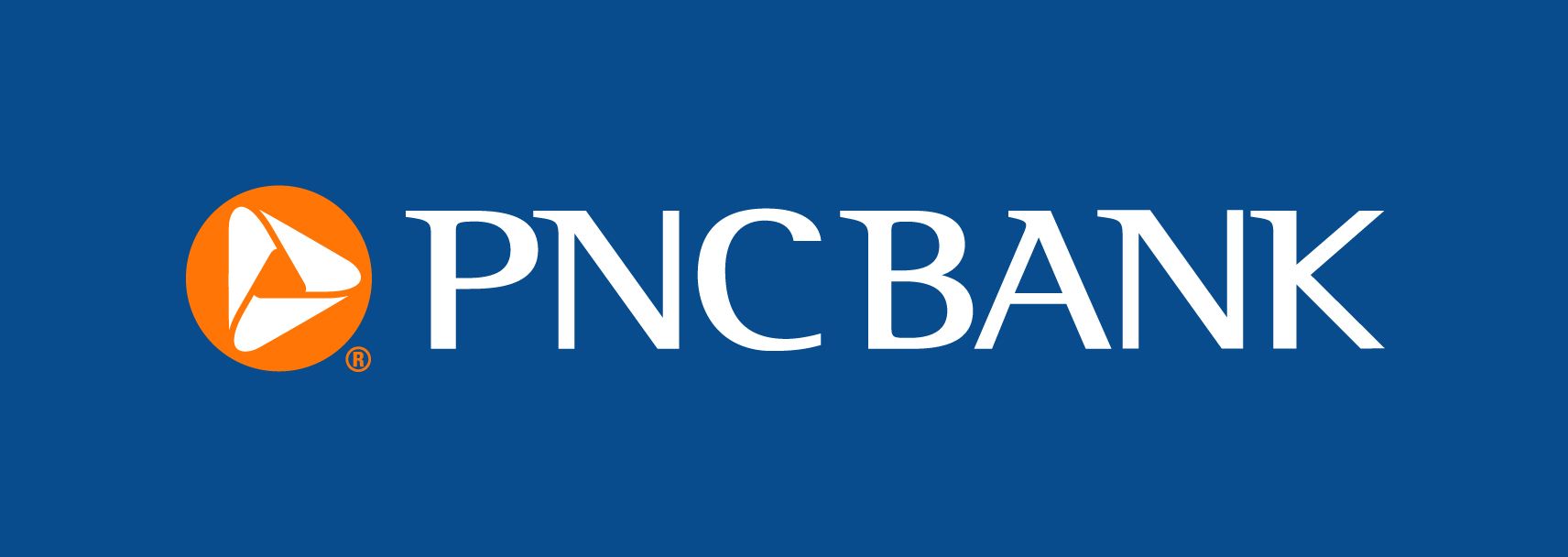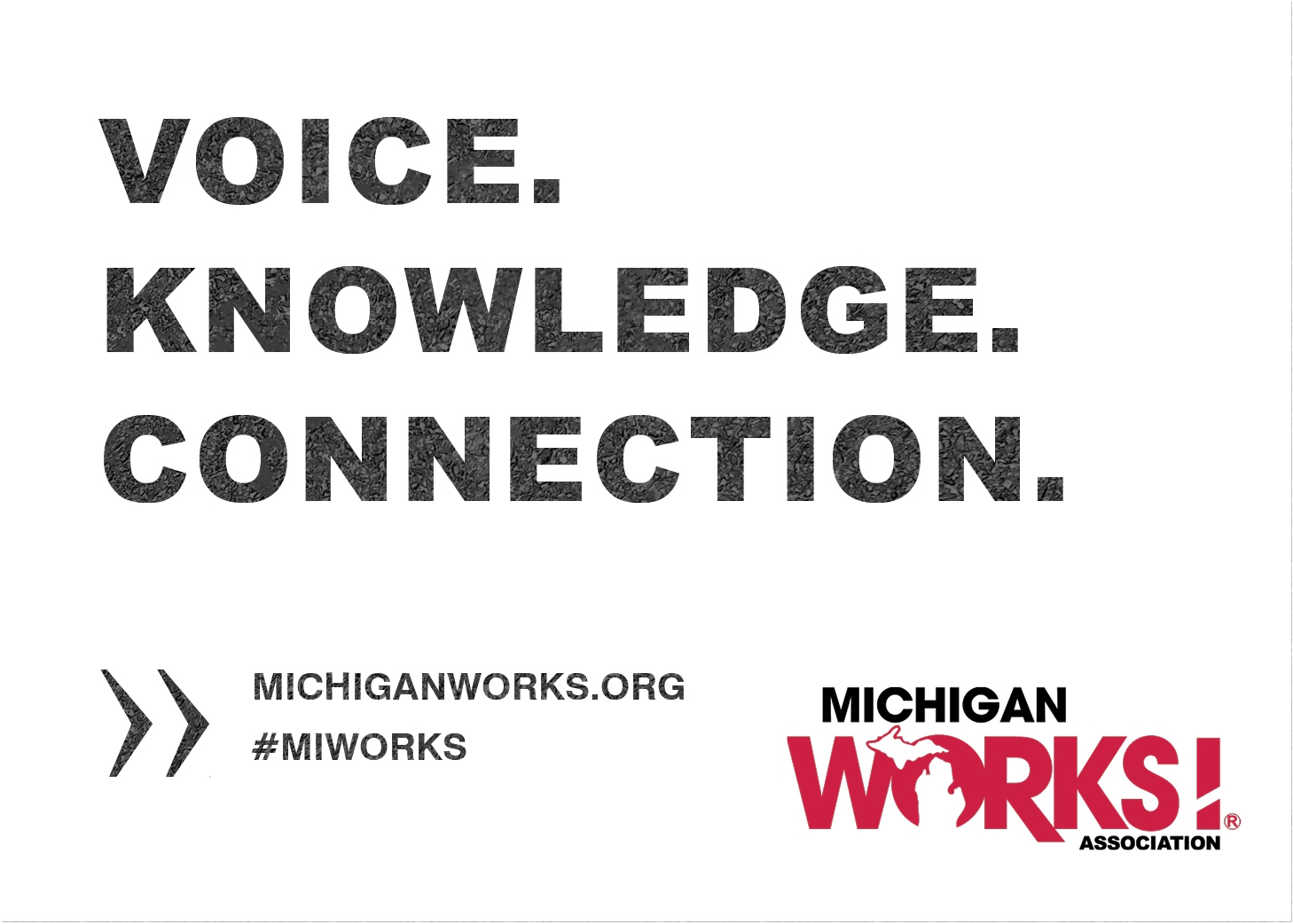
- Sales of existing homes fell 4% in October from September and were down 15% from a year earlier.
- The median sale price of an existing home was up 3% from a year earlier.
- With mortgage rates at their highest levels in more than 20 years, decades-low housing affordability is a drag on sales.
The existing home market will continue to weaken in the near term, before picking up in the second half of next year as prices and mortgage rates decline and affordability improves. Existing home sales fell 4.1% in October from September, according to the National Association of Realtors, and were down 14.6% from one year earlier. Sales were 3.79 million at a seasonally-adjusted annualized rate. This is the lowest number of monthly sales since the housing market crash in 2010. Single-family sales fell 4.2% over the month, while condominium and co-op sales fell 2.4%. Sales are down more than 40% from their peak in late 2020.
Sales fell in three of the four regions over the month, with the biggest drop in the South (7.1%). Sales fell 4.0% in the East and 1.4% in the West; they were flat in the Midwest.
The median sale price was $392,000 in October, up 3.4% from one year earlier. The median price was up in all four regions over the year. Price growth peaked at 25% in mid-2021. Prices briefly fell in late 2022 and early 2023 but are now rising again.
The inventory of existing homes for sale rose 1.8% in October from September, to 1.15 million. At the current sales pace inventories were 3.6 months of supply, up from 3.4 months in September and a cyclical low of 1.6 months in early 2022. Over the long run inventory has typically been about 4.5 months, so the market for existing homes remains tight.
The median time on the market for an existing home was 23 days in October, up from 21 days in September.
Tight inventories of existing homes are a drag on sales. But the biggest problem is historically low housing affordability. The typical interest rate on a 30-year mortgage was 7.6% in October, up from 7.0% in September and below 3% as recently as the fall of 2021. This is the highest mortgage rate in more than 20 years. With a big runup in house prices since the pandemic and decades-high mortgage rates, households are finding it increasingly difficult to afford a home, even with the strong labor market.
Although mortgage rates have fallen somewhat in recent weeks, high mortgage rates and low affordability will continue to weigh on the housing market in the near term. According to the NAR, a family earning the median income in September 2023, taking into account house prices and mortgage rates, could only afford a home costing 94% of the median sale price. This is the lowest housing affordability since 1986, and affordability declined further in October.
Because of extremely low affordability sales will continue to decline in the near term. With weak demand because of decades-low affordability, increasing inventories, and lengthening sales times, prices for existing homes will start to fall over the next few months. Lower prices and a drop in mortgage rates in early 2024 will lead to a pickup in existing home sales in the second half of 2024 as affordability begins to improve.









